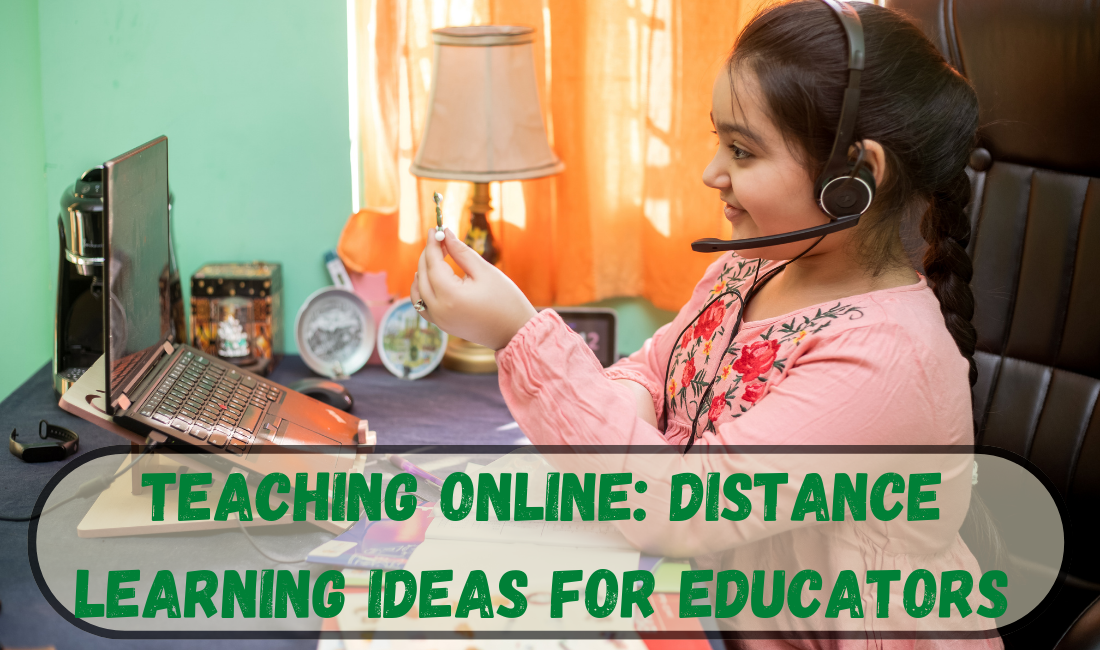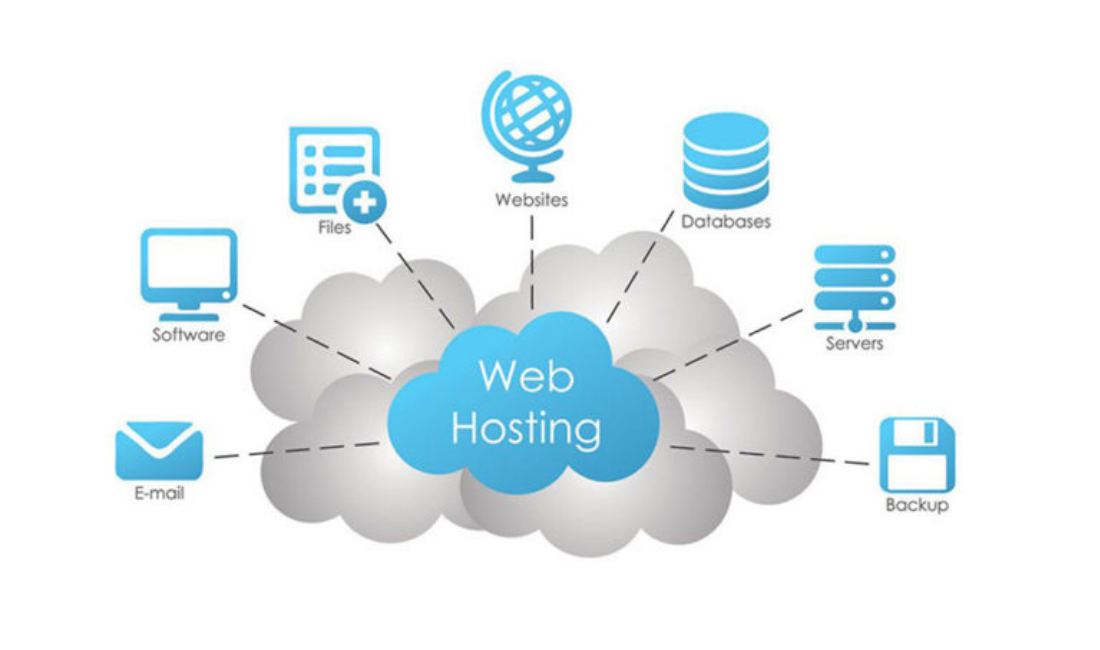It’s no secret that the world of online education is on the rise. In fact, many people believe that it’s the future of learning! So if you’re an educator looking to take your training and teaching to the next level, this article has some great ideas for you!
It’s a fact of life that more and more people are working from home. This trend has led to an increased demand for online learning opportunities, which is good news for educators! In this article, we’ll show you some of the best ways to teach online using distance learning tools.
It has never been easier to get a degree or learn new skills online. There are now numerous distance learning platforms available, and many of them offer great savings over traditional brick-and-mortar colleges and universities. In this article, we’re going to outline some of the best online courses for educators and suggest ways in which you can start teaching them today.
What is online learning?
Online learning is the delivery of instruction, content, and assessment utilizing technology, specifically the internet. The benefits of online learning include the ability to reach a global audience while providing flexible scheduling and reduced costs.
There are many different types of online learning platforms available, each with its own set of advantages and disadvantages. One of the most popular online platforms for teaching is Blackboard. Blackboard is an online learning platform used by educators to create and manage courses. It offers a variety of features, such as video conferencing, threaded discussion boards, and tools for grading.
Other popular online learning platforms include Moodle and Sakai. Moodle is an open-source platform used by educators to create courses and manage student data. Sakai is a proprietary platform used by universities to create digital textbooks and other course materials.
One prevalent way that online learning is being used in classrooms today is through blended learning models. In blended learning models, students are given some face-to-face instruction as well as instruction delivered through digital media such as Blackboard or Sakai.
Types of online courses
Online education is growing in popularity, and there are many different types of online courses that educators can use to teach their students.
One type of online course is a self-paced course. This type, of course, allows students to complete the course at their own pace and receive feedback on their work.
Another type of online course is a blended course. A blended course combines self-paced and group/face-to-face learning elements. Group learning allows students to interact with each other and get help from the instructor when needed, while face-to-face learning helps students build relationships with each other and learn more deeply about the material.
Finally, online courses can also be supplemented with traditional classroom instruction. In this case, the instructor provides lectures or slideshows to be used in conjunction with the online class materials.
How to set up an online learning environment
This article will show educators how to set up a successful online learning environment for their students. The first step is to decide what type of environment you would like to create. There are many options available such as self-paced, synchronous, or asynchronous environments.
Once you have chosen the type of environment, you need to decide how much flexibility you want for your students. Some options include allowing them to work at their own pace or have access to support materials at any time. Next, you need to choose the software that will be used to run your online learning environment.
There are many different platforms available, including Moodle and Blackboard. Finally, you will need to create your course modules and content. This can be done using a variety of tools, such as Google docs or Microsoft Word. Once everything is set up, your students can begin enrolling in your courses!

What tools and resources do educators need to succeed with online teaching?
One of the most important tools for educators when teaching online is a good internet connection. Many educators find it helpful to use platforms such as Blackboard or Canvas to keep track of student work and class discussions.
Other helpful tools include video lectures and discussion boards, which can help students and educators share ideas and feedback. Lastly, educators may find it helpful to use collaborative tools, such as Google Docs or Whiteboard.com, to share work among classmates or to gather feedback from students.
When starting out as an educator looking to teach online, it can be helpful to have a few tools and resources at your disposal. Below are a few of our favorites:
1. A course management system (CMS) is a great tool for organizing and tracking student progress in online courses. There are many free and affordable options available, such as Canvas or Blackboard, and educators can also purchase more powerful platforms, such as Sakai or Moodle.
2. A webcam is essential for video conferences and online learning. Webcams can be purchased inexpensively, and they provide an easy way for educators to show their students what they look like.
3. An audio recording device, such as a microphone, can be helpful for capturing audio recordings of lectures or class discussions.
Build a school community website
Distance learning is a great way to build a school community website. There are many tools available to make creating and hosting a website easy and affordable. Some popular options include WordPress, Tumblr, and Ning. All of these platforms provide free or inexpensive hosting, making them ideal for small schools or districts.
Schools can also use social media platforms like Twitter and Facebook to connect with students and parents. Building a community website is a great way to connect with students and parents, as well as keep parents up-to-date on their child’s progress.





